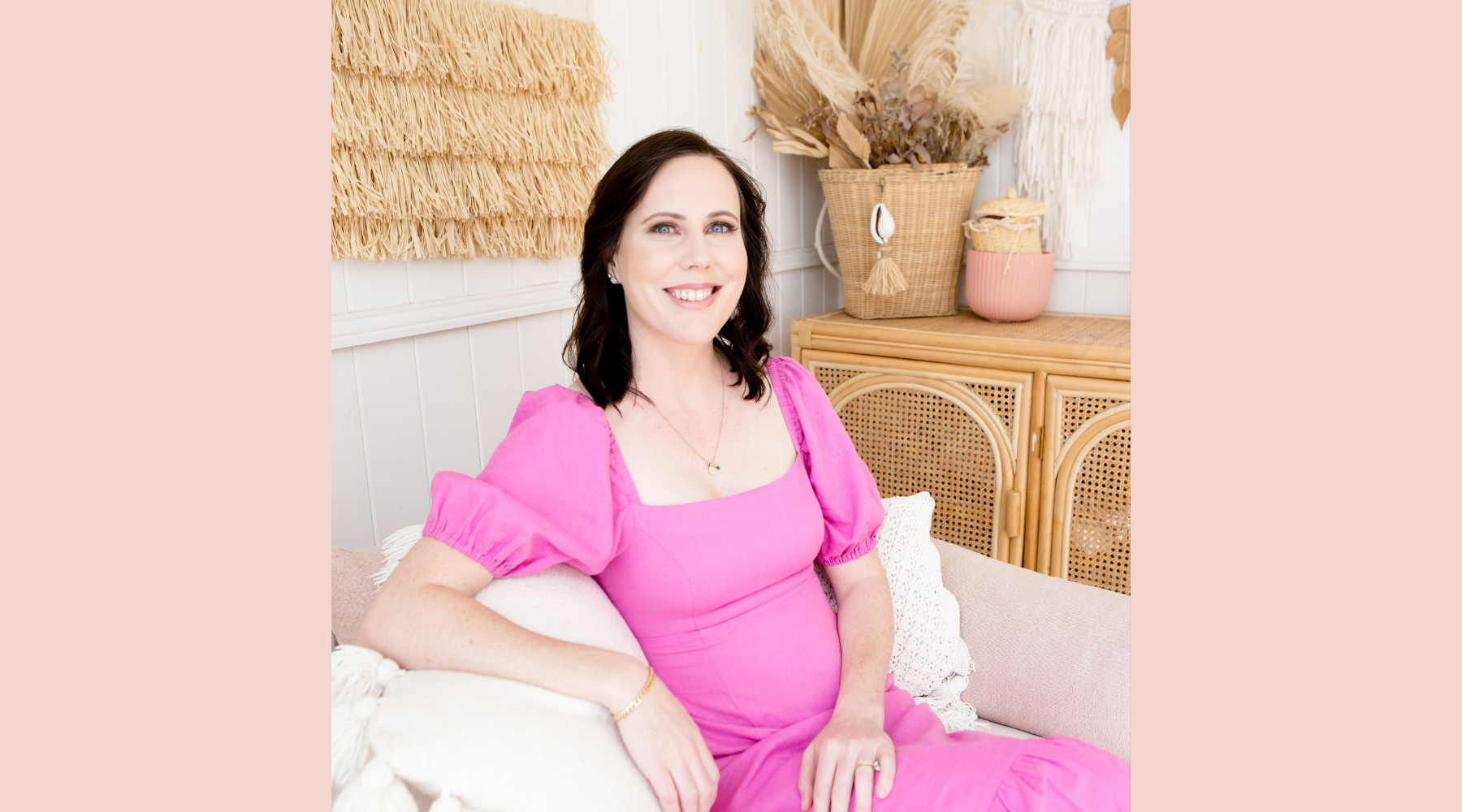With the myriad of guidelines and recommendations available, knowing how to store breastmilk safely can be confusing, and it's one of the most common concerns for new mothers.
We spoke with Courtney, clinical midwife specialist and creator and owner of Midwife At Your Cervix the Pregnancy App and Online Store. The Pregnancy App offers guided education, weekly to do lists and fetal developmental updates. The interactive components of the App include tracking appointments, results, bump photos and feeds as well as a contraction timer. Courtney breaks down the essentials of breastmilk storage using guidelines from the Australian Breastfeeding Association (ABA) and insights from her clinical practice to help give you some practical tips.
Why breastmilk storage guidelines are essential
Breastmilk is often referred to as 'liquid gold' because of its invaluable nutrients and antibodies. However, like any other perishable food, it can spoil if not stored correctly. The primary purpose of breastmilk storage guidelines is to ensure the milk's safety and nutritional quality isn’t compromised. Incorrect storage can lead to bacterial growth, which, if consumed, can cause intestinal upset in babies, resulting in diarrhea, stomach cramps, or vomiting.
Australian guidelines for breastmilk storage
Courtney shares The Australia Breastfeeding Association (ABA) and the Australia Government National Health and Medical Research Council (NHMRC) have set forth specific recommendations for breastmilk storage:

Storing and using freshly pumped breastmilk
A common question new parents have is, if I am pumping, can I leave my breastmilk out for the next feed? Courtney explains that freshly expressed breastmilk can remain on the bench for 6-8 hours as per the ABA and NHMRC guidelines. However, it is important to be mindful to keep the milk container out of the sun and store in a cool place to avoid the breastmilk getting too hot. Breastmilk should remain 26 C or lower. If it’s a particularly warm day, place it in the refrigerator and if you don’t plan to use it for 4 days, pop it straight in the freezer and don’t forget to put the date on it!
Mixing milks from different pumping sessions
If you're using breastmilk from pumping sessions, you might discover that the amount from a single session isn't enough for a full feed. You can combine milk from several pumping sessions, or even mix previously frozen milk with freshly expressed milk. The main thing to ensure is that the milk is at the same temperature before combining it, and always use the milk by the expiration date of the oldest batch.
Best ways to defrost frozen breastmilk
There are a number of ways you can defrost or thaw out frozen breastmilk. The most common way is to simply put the breastmilk bag into a warm jug of water (not boiling!) until it reaches body temperature. If you don’t have a jug or container to put warm water into simply hold the breastmilk bag under a tap of warm water. Courtney shares “you should NOT use boiling water as it can destroy the nutrients in the breastmilk when overheated, instead use warm or cool water.”
You may also take the frozen breastmilk out of the freezer and put it into the fridge to defrost. Once defrosted it can be stored in the fridge for 24 hours or at room temperature for 4 hours. “Do not use the microwave to thaw or heat breastmilk as this can destroy the essential nutrients within the milk and cause hotspots to form.” she explains.
Top Tip: If you have a newborn and need to defrost a syringe of breastmilk: Try putting it under your breast if possible or in your underarm as it will defrost to body temperature – super handy for the first few days of newborn life!
Courtneys top tips for safe breastmilk storage
- Storage containers: Use food-grade, BPA-free, sealable containers.
- Transportation: Use an insulated container with a freezer pack or ice.
- Date labelling: Just like cow’s milk, breastmilk expires. Label each container with the date to use the oldest milk first. Remember the phrase, 'First in, first out.'
- Defrosting breastmilk: Avoid using boiling water or microwaves. Instead, place the container in warm water or under a tap. For syringes of breastmilk, place them under your breast or in your underarm.
- Expired breastmilk: Don't throw it away! Use it for a nourishing breast milk bath or as a natural moisturiser for baby's skin. Some mothers even opt to preserve it in bespoke jewellery as a keepsake.






